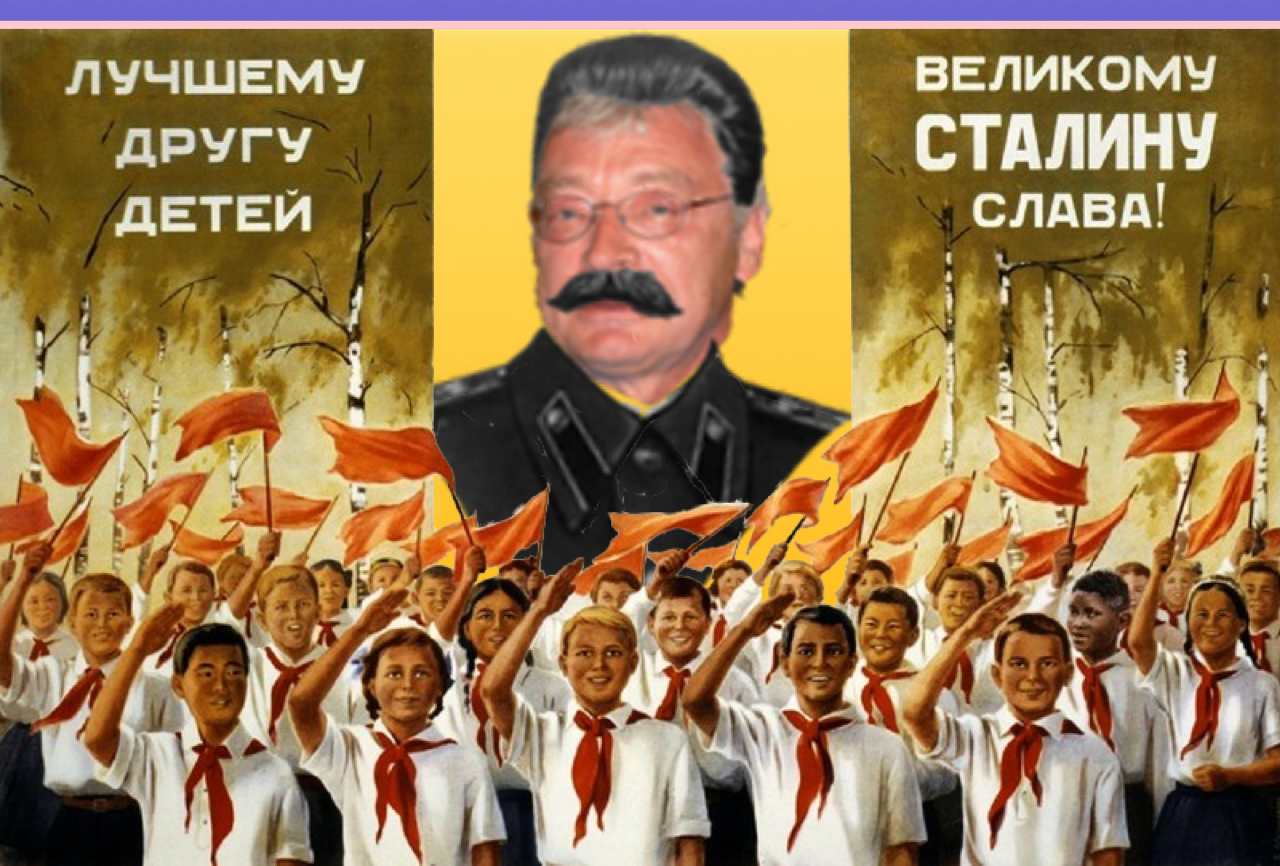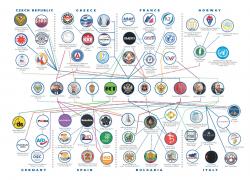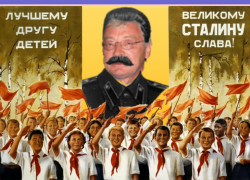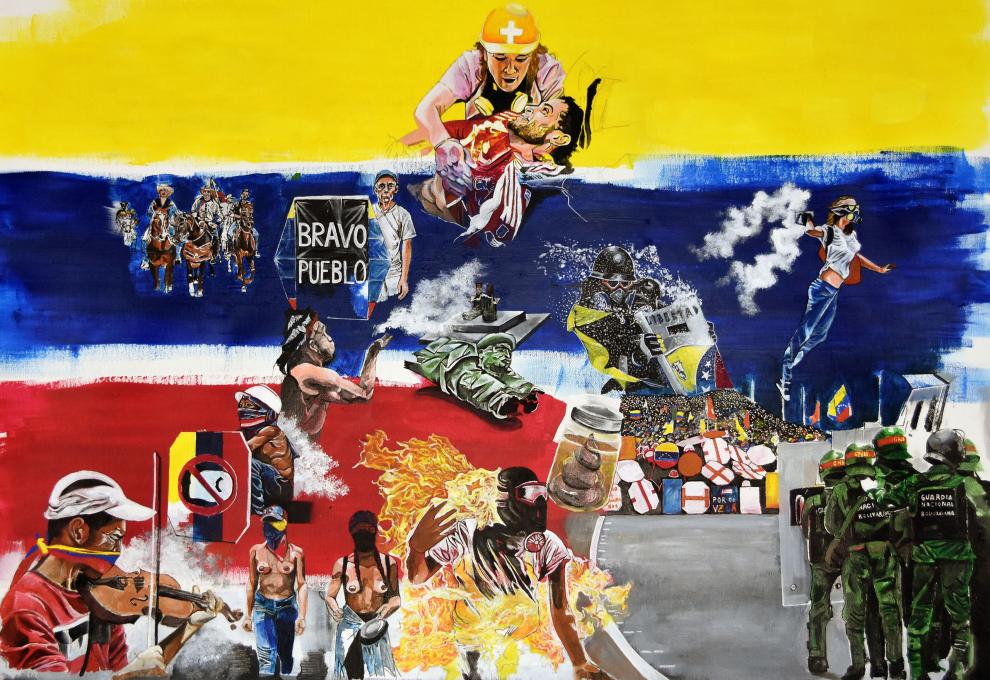Libertarian Stalinism is a thing
A veteran of the liberty movement told me once that getting libertarians to agree on anything “is like herding cats”. And it comes as no surprise that followers of our individualistic ideology disagree a lot.
In that respect, libertarianism does not differ from other ideological currents. Just as the right wing and left wing have their infighting, we have ours. The biggest disagreement is — of course — on the question how to spread the ideas of libertarianism.
Two main factions have emerged in this ideological struggle. Of course, I’m painting in very broad strokes. There are lots of aspects and facets to the movement. But for the purposes of this article, a simple dichotomy will suffice.
A tale of two camps
One faction is grouped around the international organization of Students for Liberty, where I see myself. The other follows the likes of Hans-Hermann Hoppe and the Mises Institute. For simplicity’s sake let’s call them the SFL camp and the Hoppe camp. Both factions differ fundamentally on how they address the mainstream.
The SFL camp is more inclusive. Bill Wirtz did a great job of explaining it in a retort to Hans Herman Hoppe. Mr Hoppe, who is a world renowned philosopher in the minuscule circle of his fans, called the SFL camp “Stupids for Liberty”. Bill explains:
Students For Liberty is a big tent movement, in which we are able to disagree on the essence of our philosophy, without degenerating into public shaming of “those who are not libertarian enough”. This means that we are able to host both Yaron Brook and David Friedman, without the expectation of them forcefully agreeing with each other, but that we attempt to facilitate access to the resources that these authors provide.
Bill does such a superb job of explaining the SFL camp that I cannot improve on it. Let’s turn our attention to the Hoppe camp.
The Stalinists
The Hoppe camp is a Stalinist movement — not in substance, but in style. Of course, the contents of political philosophy differ fundamentally. But their ideological structures are eerily similar.
Stalinists were and are generally members of small communist political sects in the West that are continuing to admired the mass murderer and dictator even after he was posthumously shunned by the Soviet establishment.
These groups are not as notable for their development of influential ideas or their impact on history, as for their social internal and external dynamics, constantly splitting up, joining and infighting.
Having spent a few years of my youth in the German far left of the early 2000s, I am constantly reminded of my encounters with Stalinists when reading articles, comments or posts from the Hoppe camp.
Points of convergence
The first most obvious parallel between the Hoppe camp and Stalinists is their rationalization of evil. While Stalinists denied, excused or even glorified the atrocities of their preferred tyrant, the Hoppe camp does the same for collectivist Dictators, such as Augusto Pinochet (Let’s be clear: Pinochet was in no way as bad a butcher as Stalin. But that is no excuse for his butchery). Authoritarian trends, even when they contradict individual liberty, are distorted until they can be painted as freedom.
Of course, the Hoppe Camp also puts ideological uniformity above all else, like all good Stalinists do. Everyone who does not fully agree with the tenets of the dear leader is painted as fake, phony or similar. Just as Stalinists spend most of their energy vilifying the similarly obscure Trotskyites, the Hoppe camp reserves the brunt of its wrath for other libertarians. This facebook comment illustrates the sentiment quite well:
Stupids for liberty hahaha left libertarians are fake libertarians, all people know this.
The personal becomes political
This fundamentalism goes hand in hand with a profound disdain for practicality. When ideological uniformity is all that matters, the actual impact of ideas on others is of no more concern. Instead of trying to affect the world around it, the Hoppe camp develops an “anarcho-capitalist” utopia, that is nowhere near realization.
Yet another aspect is the personality cult. The dear leader is of course always right about everything and his minions love to put his image up everywhere. There is not much of a substantial difference between Stalin portraits on a communist demonstration in 1970s West Berlin and the steady stream of Hans-Herrman Hoppe memes on Facebook.
Wannabes
Last, but not least Stalinism and the Hoppe camp attract similar personalities, namely wannabe-elite losers. A left wing activist told me 15 years ago that he cannot understand how I cold do without being a member of a particular group. ”I need my group”, he continued. I also remember the socially inept Stalinists handing out fliers and insisting that they would be uniquely suited to lead the masses. Today I see the same kind of personalities casually joking about throwing anyone from a helicopter who gradually disagrees with them. People who do not amount to much, who are afraid of difference, and who follow their leader blindly.
Work cut out
I do not attempt to judge wether these people are true libertarians. Maybe they are, but that’s not the point. The point is that their brand of libertarianism is not the kind that any decent person would want to be associated with.
Their provocative and antagonistic approach weakens the appeal of liberty to people in the mainstream. This is why we need to confront and reject their strand of ideology. And if the communist Stalinists are any indication, we need to do so for decades to come.



















